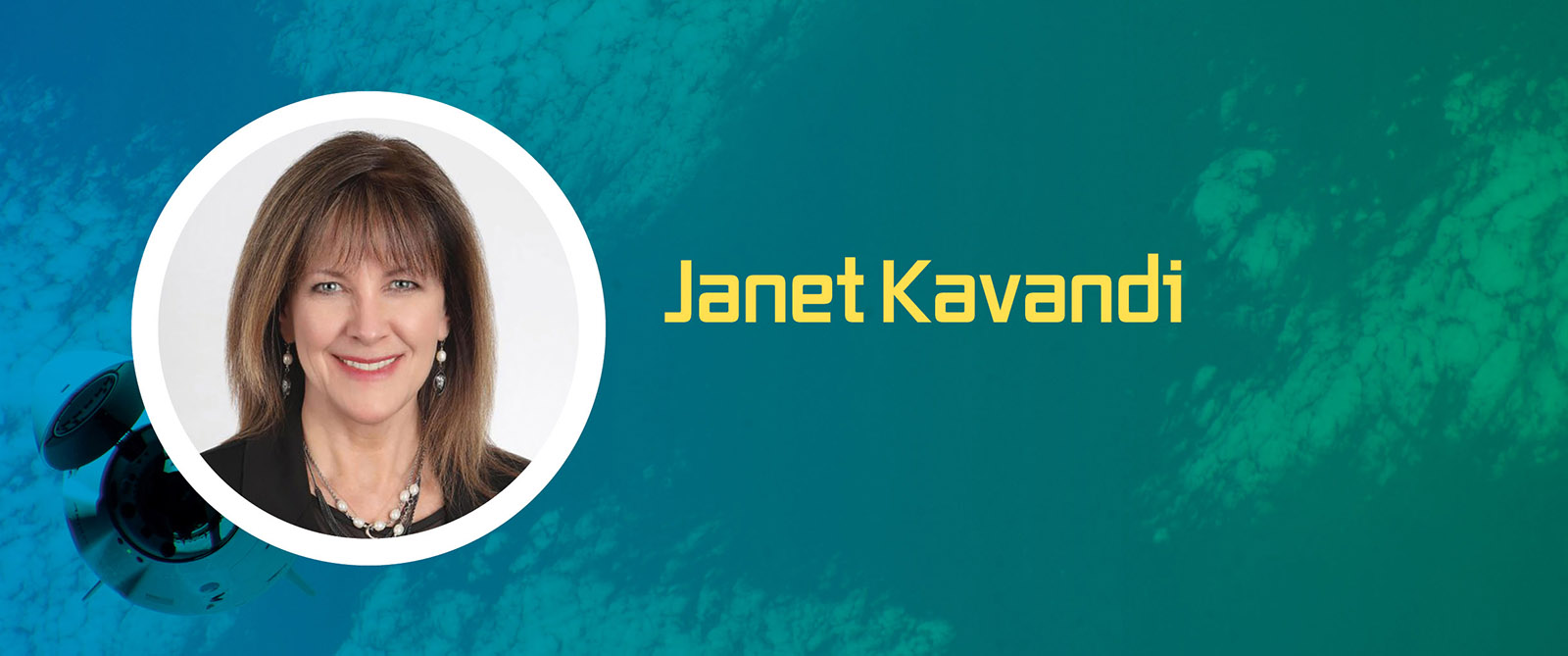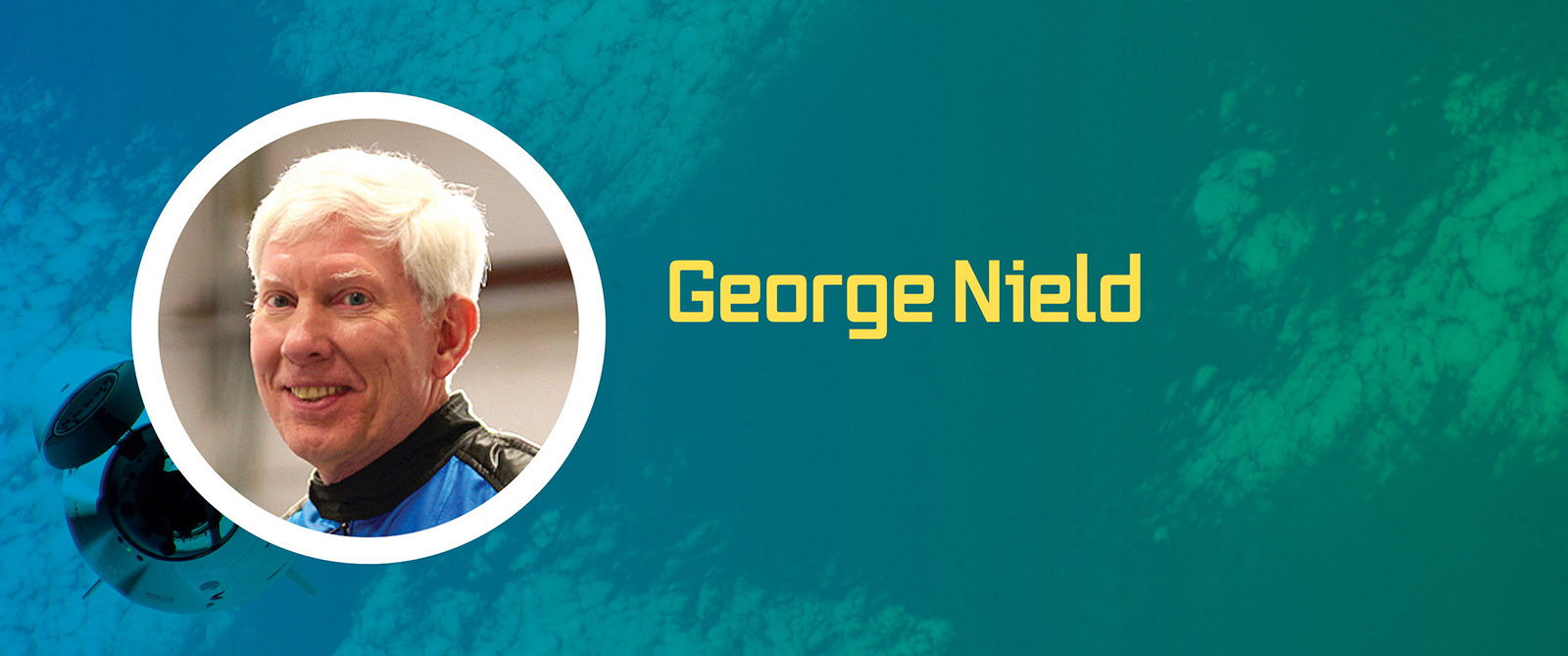Stay Up to Date
Submit your email address to receive the latest industry and Aerospace America news.
Only a handful of spacecraft have carried anyone other than professional astronauts to the fringes of space or to orbit and back since 2004, when SpaceShipOne, a piloted spaceplane made by Scaled Composites, won the Ansari X Prize. As of late August, Blue Origin’s New Shepard had carried 40 passengers, plus two employees and founder Jeff Bezos. SpaceX Crew Dragons had carried 15 passengers. Virgin Galactic’s VSS Unity had sent up 23 passenger and 13 employees, plus founder Richard Branson.
None of these flights required FAA approval beyond a launch license that’s meant to protect the “uninvolved public.” That’s due to the 2004 Congress-imposed “learning period” that prohibits FAA’s Commercial Space Transportation Office from passing regulations related to passenger safety aboard these privately owned and operated craft. This moratorium is scheduled to expire on Jan. 1, 2025, but yet another extension is brewing in Congress. The House Science Committee in November voted to extend the learning period until 2031, and a Senate bill introduced in March proposes a five-year extension. In a nutshell, the House bill seeks to give industry additional time to “innovate and grow the sector.” The Senate bill directs industry and government to work together to draft regulations.
Nevertheless, FAA is preparing for the end of the learning period just in case. In April 2023, it asked a group of experts to help it determine the scope of the initial set of passenger safety regulations and their associated costs. This group, the Human Space Flight Occupant Safety Advisory Rulemaking Committee, is due to submit its final report to FAA in October.
“The FAA is prepared to act per Congressional mandate and direction,” the agency told me in an emailed statement.
I asked four spaceflight experts: “Is it time to end the commercial human spaceflight learning period?”

Vice president of space policy for the Commercial Spaceflight Federation, a Washington, D.C.,-based membership organization of some 85 companies, universities and research groups that shares best practices and works to grow the industry. She previously led the staff of the Senate Committee on Commerce, Science, and Transportation, one of the committees that oversees FAA.
No. It is too early to end the commercial human spaceflight learning period. In 2015, when the learning period was reauthorized and extended to 2023, there was an anticipation that by then we would have substantially more progress in terms of launch vehicles deployed and missions executed. [Congress subsequently extended the learning period to Jan. 1, 2025. — DW]
There was this vision that by now, we would be much further along in terms of industry engagement and industry products related to human spaceflight.
That being said, there are productive industry-government stakeholders engagements working toward what the future of human spaceflight safety should look like. That includes actions through the [FAA’s] Commercial Space Transportation Advisory Committee to evaluate what those next steps should look like. Of course, FAA’s Human Space Flight Occupant Safety Advisory Rulemaking Committee is working collaboratively with government to try to figure out how to establish a path forward that satisfies the government’s interests and satisfies industry’s interests in respecting public safety and continuing to be as safe as feasible moving forward. Our voluntary industry standards effort continues as well. That’s productive because in an ideal world, FAA will be able to adopt at least some of those standards, if not all of them, in a future human spaceflight safety framework.
Unfortunately right now, the FAA Office of Commercial Space Transportation is under-resourced and understaffed. That’s not entirely their fault, certainly, but it is the status quo. It has led to some serious delays in terms of their licensing duties [FAA approves launches and reentries]. We need to think about whether they have the resources and the expertise to move forward with any kind of new regulation or framework at the moment. Obviously, we would argue that they don’t, but they’re certainly on the right path. And we would like to help them continue on that path with the learning period in place until we reach a point at which we all have a sense of how we’re going to move forward with a new safety framework.
Think about what the market looks like now and what it could look like in five to 10 years. A number of human spaceflight vehicles have not had their first flight yet or are in the process of conducting their first crewed flights. One concern of Commercial Spaceflight Federation members is that if we end the learning period and start writing regulations now, those regulations are going to be based on the vehicles that we currently have on the market, which could create competition issues and other challenges as well. There could be some unintended consequences of acting too early here in terms of benefiting the folks who are already doing human spaceflight operations. We want to make sure that any kind of an updated safety framework takes into consideration the breadth of the different vehicles and vehicle types so that we’re not favoring one over the other.

Former president of Sierra Space, the Colorado-based company building the Dream Chaser spaceplane, and now a consultant. Retired NASA astronaut and former director of NASA’s Glenn Research Center in Ohio. As NASA’s lead casualty assistance and calls officer in 2003, she updated astronaut families on the investigation of the space shuttle Columbia’s disintegration.
No. It is too early to call an end to the experimental phase, the learning phase, of commercial spaceflight due to significant inherent risks associated with human spaceflight. Some people erroneously compare the risk of commercial spaceflight to the early days of commercial aviation. However, spaceflight is significantly more dangerous — due not only to the sheer velocity at which spacecraft travel but also to the highly complex launch and propulsion systems and the challenges of heat shield and parachute designs that are critical to surviving atmospheric entry.
We’ve had the opportunity to learn significantly about aviation and aeronautics for well over a century, and we have completed many millions of flight hours in all types of aircraft. Every time a company develops a new aircraft design, they utilize wind tunnel testing, aerodynamic modeling and actual test flights. And yet, they occasionally have issues in flight. Some issues are attributable to pilot error, some are attributable to design, and some are attributable to cost and schedule. Until we get several hundred flights under our belt with any single space vehicle design, it is my opinion that we will be in a learning period.
Over a 30-year period and 135 space shuttle flights, NASA experienced two fatal accidents. It’s challenging to have accident-free human spaceflight with extremely complicated rockets and spacecraft. With any new vehicle, we would expect to see some issues that we didn’t anticipate and some issues that we did. To the greatest extent possible, we need to wring out potential issues during test flights.
Many different types of human-capable spacecraft exist today. The Dream Chaser spaceplane, for instance, will land on a runway. It’s a completely different design than a capsule, which parachutes into the water or onto land. [The first Dream Chaser is slated to be launched in 2025 atop a Vulcan Centaur from United Launch Alliance with cargo for the International Space Station. — DW]
Every vehicle has its own associated risks. We must evaluate each respective design individually. I am not sure that we currently have a single federal agency that’s capable of doing that right now. Whoever is chosen to do it must have the expertise to truly understand and evaluate each design appropriately.
Until full certification is possible, it is appropriate to allow some basic requirements before full regulation. For instance, restraint systems to hold a passenger in a seat adequately during dynamic phases of flight are a no-brainer. We learned a lot of basic restraint systems lessons from NASA’s Challenger and Columbia accidents. We learned a lot about how the seats should be restrained to the vehicle and how the people should be restrained to the seats. We learned what types of helmets should be avoided and what types of suits should be used to reduce the risk of injury. Those lessons can and are being utilized by commercial designs.
Understandably, commercial companies are worried about overreach and layered federal regulations that make progress slow and so onerous that it’s impossible to move fast enough to support a space economy. A good balance can exist, however. We need experienced people in a federal agency who are knowledgeable about what needs to be regulated and what’s too early to be regulated. Give commercial companies some latitude as they grow and learn while also requiring some basic safety features. We must accept that it will be a relatively dangerous period as we seek to pioneer commercial spaceflight.

Retired U.S. Air Force brigadier general who led FAA’s Office of Commercial Space Transportation from 2019 to March 2022. As commander of the Air Force’s 45th Space Wing (later renamed Space Launch Delta 45 by the Space Force) from 2015 to 2018, he oversaw launches from Cape Canaveral Space Force Base and NASA’s Kennedy Space Center in Florida.
Yes. The moratorium or learning period was designed to give industry and the regulator an opportunity to see where technology was going so that you didn’t promulgate regulations prematurely that would stifle innovation without necessarily enhancing safety. Here we are 20 years later still learning. You have to ask yourself, “At what point have we learned enough?”
The time to start transitioning to new regulations is before a catastrophic event occurs. My sense and my experience, when I was within FAA, is that a catastrophic event will drive timelines that may not facilitate well-reasoned regulation. Eventually, history would suggest that even with the brightest minds on the planet, space transportation doesn’t always work. Even companies that are phenomenal at what they do have accidents. Cars still crash. Trains still crash. Airplanes still crash. It’s naive to believe that a space transportation system will never fail.
When we lost NASA astronauts, it was a national cathartic event. Those are folks that are rigorously trained to go into space. If you lost somebody like William Shatner, I think we’d have a much different reaction. [Shatner flew to the fringes of space in 2021 in a Blue Origin New Shepard capsule. — DW]
Accidents involving high-profile individuals often result in very high-visibility interest and a demand for quick fixes that may not always be well reasoned. I’m not discounting the value of that reaction. I’m using it as an example of how we react as a nation. What if the space system lands and there’s nobody alive or, heaven forbid, there is a visible catastrophic event? My concern is we’d rush to regulate.
When we promulgated the Part 450 launch and reentry of space vehicles regulation, we were given an exceptionally short timeline by the administration. Given a little more time, we would have had more opportunity to fully integrate industry into the solution. Now is the time for a new regulatory construct. Given the time and the resources, you will be able to publish rules that afford you the lightest touch possible that still enable innovation but also enhance safety.
If you wait five years from now to start the rulemaking process, it will take you notionally another five years to promulgate a regulation. Now we’re 10 years down the road. FAA has established a commercial human spaceflight rulemaking committee. If there is any sense that Congress will extend the moratorium again, I’m not convinced this rulemaking would be a priority of the FAA Office of Commercial Space Transportation. They have publicly stated they are understaffed. They have to prioritize the processing of license applications. What is sometimes lost in this discussion is that redoing Part 460 [FAA’s human spaceflight requirements] or issuing a new regulation is well outside the core expertise of that office because you’re talking about systems to sustain life, which the office does not regulate right now.
We can fix that. I would suggest that they revisit where the Office of Commercial Space Transportation sits and take a hard look at moving it back under the secretary of transportation, up and out of FAA. The industry is going to become big enough that the office will need to be more on par with offices overseeing other modes of transportation. And the new office will not be under the FAA’s proper mandate, which is essentially zero fatalities. The move will potentially help from a funding perspective and from a perspective of how they’re seen throughout government.

Head of FAA’s Office of Commercial Space Transportation from 2008 to 2018 who in 2022 rode in a Blue Origin New Shepard capsule just past the internationally recognized beginning of space. Former manager of the Space Shuttle Flight Integration Office at NASA’s Johnson Space Center in Texas, former Air Force flight test engineer and now an AIAA fellow.
Whether or not to end the learning period is the wrong question. The question we should be focusing on is: What do we want the commercial human spaceflight regulatory framework to look like? More specifically, is it possible to have a regulatory framework that takes advantage of everything we’ve learned over the last 60-plus years of human spaceflight and that encourages the continuous improvement of safety, while still allowing innovation, advanced technologies and new ways of doing business? I think it is possible.
If we would all come together, we ought to be able to come up with a regulatory framework that government and industry can support. That would go a long way toward not only improving safety but also facilitating the overall health and sustainability of the commercial human spaceflight industry.
What would that framework look like? First, we need to recognize that space transportation is inherently risky. A new regulatory framework is not going to change that overnight. We need to retain the current informed-consent regime where potential customers have to be briefed on all the risks involved and be willing to sign a piece of paper saying that they accept those risks.
Next, the framework should incorporate four key characteristics. First, collaboration. No individual company or government agency has all the answers. The probability of success will be a lot greater if we can encourage government, industry and academia to work together on improving our safety performance.
Second, transparency. We need to do a much better job of sharing safety-related data from accidents, incidents, mishaps, test failures and close calls. It would be tragic if we were to continue doing business in such a way that each company is going to have to learn what not to do on its own when someone else has already learned those lessons the hard way.
Third, continuous improvement. I find it ironic that some people talk about how many years we need to wait or how many launches we need to conduct before we’ll be able to end the learning period. I hope we never stop learning. Instead, let’s just start with what we know and can agree on today and then keep making things better as we go forward.
Finally, flexibility. There’s no need to have a one-size-fits-all regulatory framework. Industry should be given lots of options in terms of how they are granted approval to operate. For example, following NASA’s certification process, like what is being done today on the Commercial Crew program — that should count. Complying with industry consensus standards once we have a comprehensive set that has been agreed to and accepted. How about abiding by the FAA Recommended Practices for Human Spaceflight Occupant Safety, with any exceptions being identified and explained based on having equivalent levels of safety? Or allowing companies to develop and implement company-specific safety standards, along with the engineering analysis and test data that shows why the proposed operations would be safe? It would be up to each company to decide what approach they’d like to use.
Because the current law includes a provision that allows the secretary of transportation to waive any existing regulatory requirement that does not jeopardize public health and safety, we could, in theory, start transitioning to this new regulatory framework almost immediately, without the need to complete a lengthy rulemaking process.
The bottom line is: Instead of continuing to debate whether it’s time to end the learning period or have the government draft lots of new regulations, let’s see if we can work together and come up with a framework that both government and industry can live with and that would allow us to continuously and incrementally improve human spaceflight safety over time. I think that would be a goal that all of us can support.
About Debra Werner
A longtime contributor to Aerospace America, Debra is also a correspondent for Space News on the West Coast of the United States.
Related Posts
Stay Up to Date
Submit your email address to receive the latest industry and Aerospace America news.




